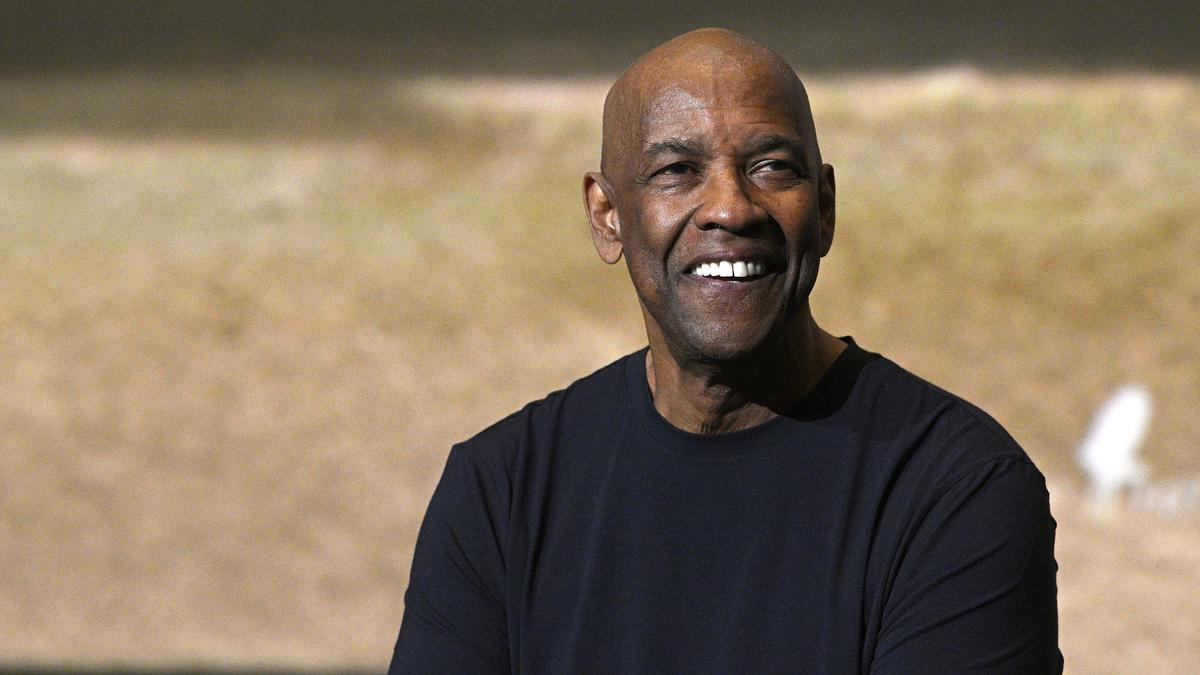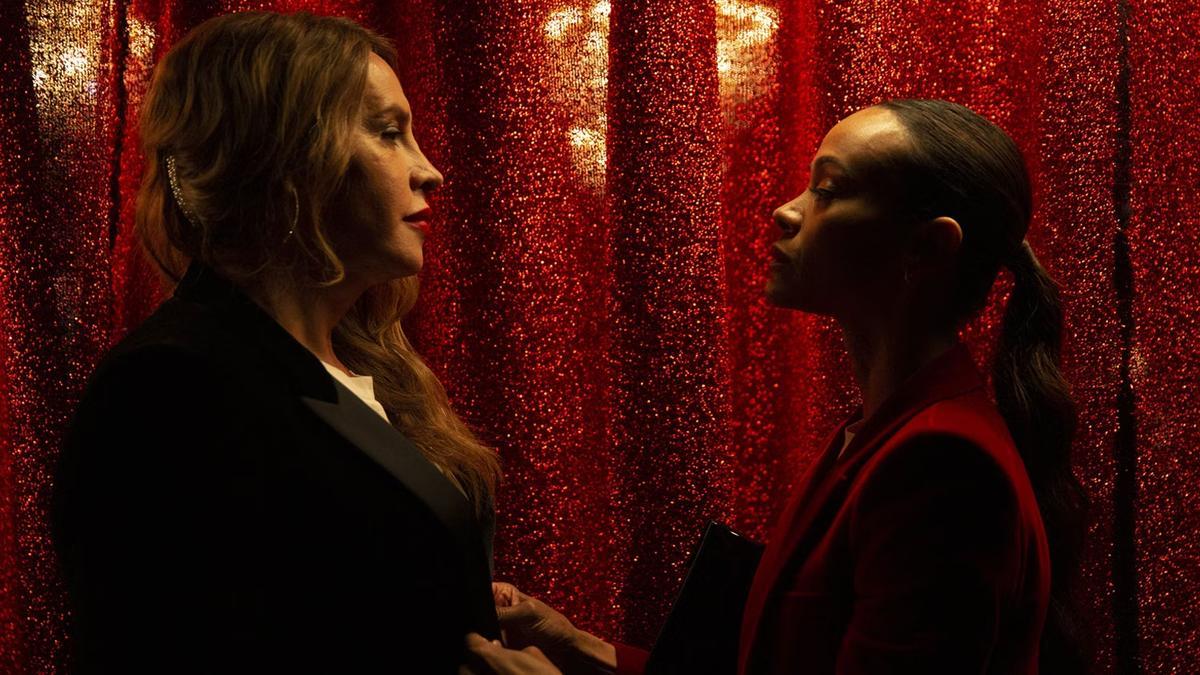
In an evening that marked a significant moment in cinematic history, the unveiling of Francis Ford Coppola’s long-awaited film “Megalopolis” saw an exuberant audience rise to their feet in a standing ovation at the Universal CityWalk IMAX Theatre in Los Angeles. With over two decades of anticipation, “Megalopolis” shone beneath the spotlight, marrying the echoes of the past with a prescient vision of the future, captivating those in attendance, sources including Deadline reported.
Hollywood glittered that evening, as industry insiders, including potential distributors and fellow filmmakers, joined an illustrious cast on the red carpet. Celebrated stars such as Angelica Huston, Nicolas Cage, and Andy Garcia were in attendance, each playing pivotal roles in Coppola’s latest magnum opus.
The film unfurled over two hours and 13 minutes of narrative that delves into the heart of a city’s soul—a metropolis strikingly reminiscent of New York—where tradition and modernity are locked in an ideological clash. “Megalopolis” traces the lofty ambitions of an architect, Cesar, performed by Adam Driver, as he envisions a future urban utopia, only to confront political resistance embodied by Mayor Frank Cicero, portrayed by Giancarlo Esposito.
Coppola’s personal belief and commitment to the project were as dramatic as the film itself. The esteemed director invested a staggering $120 million into the production, securing funds by mortgaging his vineyard assets, a gambit mirroring his legendary financing of “Apocalypse Now” decades earlier. That gamble had proven fruitful, as “Apocalypse Now” went on to achieve both critical acclaim and enduring profit over the span of fifty years—a legacy Coppola no doubt aspires to with “Megalopolis”.
Ahead of the film’s wider release later this year, Coppola is currently in search of a distribution partner to share his visionary tale with audiences globally. Given the rousing approval at its debut, this cinematic gem is anticipated to make a significant impact.
Coppola’s “Megalopolis” is more than just another entry in his esteemed filmography; it is the director’s passionate discourse on the dynamics of power, the essence of urban life, and the eternal struggle between what is and what could be. Wrapped within its narrative is an ardent belief in the potential of human ingenuity, a theme that resonates through Coppola’s portrayal of Driver’s idealistic architect—a character who dreams of reshaping the world.
The screenplay weaves complex relationships between its characters, set against the backdrop of a turbulent society on the brink of transformation. Mystical elements interspersed throughout the film add to its enigmatic allure, while its visual aesthetics are said to be nothing short of spectacular—Coppola employs cutting-edge technology to render his metropolitan dreamscape, perhaps a hat tip to his earlier work on “Bram Stoker’s Dracula”, where he defied conventional filmmaking techniques.
The stellar cast delivers performances that rise to the challenging material. Huston, Cage, and Garcia bring to life the intricate web of individuals who inhabit this would-be utopia, further deepening the audience’s immersion in the narrative.
In a career that has spanned more than half a century, Coppola has consistently pushed the boundaries of storytelling and technology. “Megalopolis” stands as his latest testament to this legacy—a cinematic venture that points to the future of the art form while paying homage to its storied past. Fans and cinephiles across the globe eagerly await the chance to partake in Coppola’s ambitious vision, one that could once again redefine cinema for a new generation.
With the hopeful success of “Megalopolis”, Coppola continues to cement his status as one of the great auteurs of American cinema. As the applause at its premiere suggests, his latest work might not just match the triumphs of his earlier films, but potentially even eclipse them, leaving an indelible imprint on the landscape of filmmaking.










